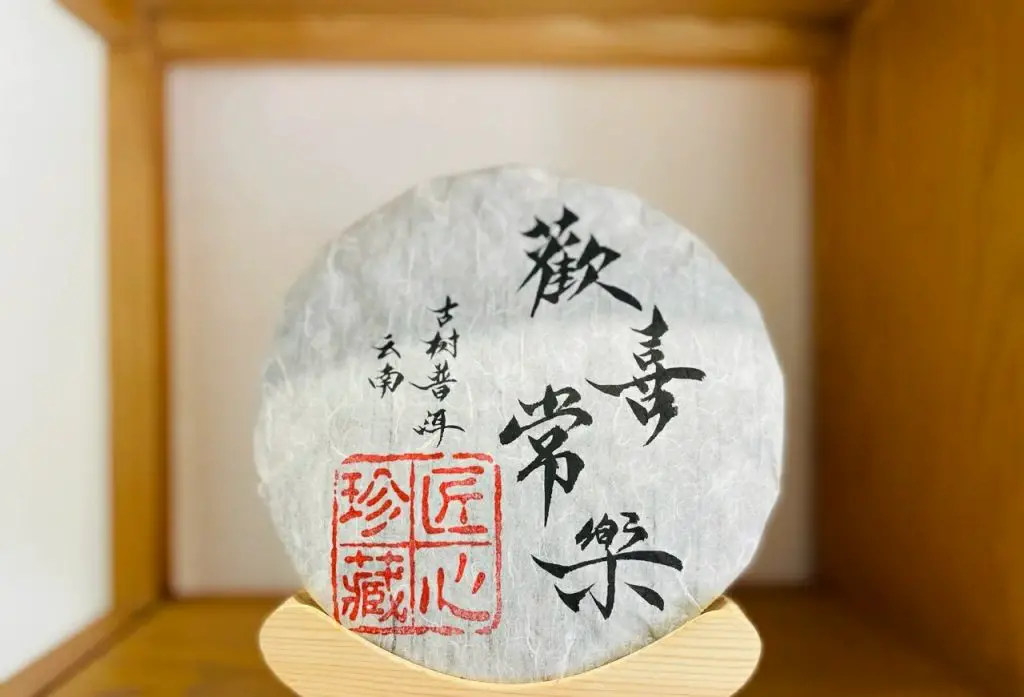
Tea cakes are often misunderstood to be sweet cakes that are served with tea.
However, tea cakes are actually compressed tea leaves that have been formed into the shape of a cake. They often have distinct aromas and flavors.
If you got a tea cake as a gift from friends or business patners from China, but do not know how to consume it. This is your article to read.
Why are tea cakes made?
The most common reason for developing tea cakes then was to aid in easy transport.
Compressed tea cakes, be it in any form or shape, are more convenient and much easier to transport.
What are the shapes you can find?
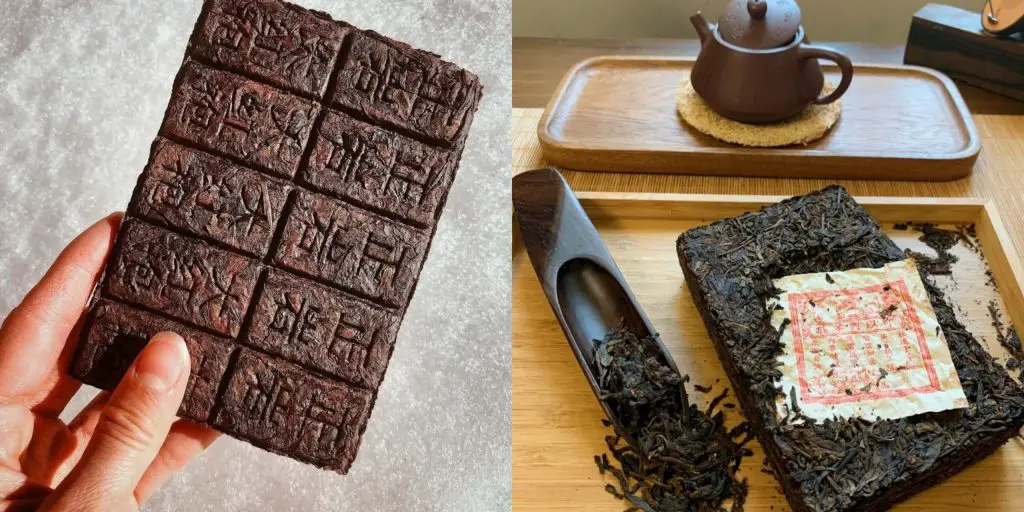
They can then be molded in multiple forms like round, bowl-shaped, mushroom-shaped, rectangular shape, or bricks.
This also depends on whether the tea is intended to be consumed as a beverage or as food.
How did ancient Chinese use it?
- Tea cakes were used as a form of currency.
- Prior to the Ming Dynasty, the ancient Chinese usually resorted to tea cakes to store their tea.
How do they use it today?
The most common type of tea cake available in modern times is Pu-erh which is still found in bricks, discs, and cake forms.
There are plenty of ways by which you can consume a tea cake, the most common of them all being in the form of liquid tea and beverages.
Pu-erh Tea Cake: How to Brew it?
Pu’er tea cake is divided into raw tea cake and ripe tea cake.
Many people don’t know how to drink Pu’er raw tea cake.
Today, I would like to share with you some brewing methods of Pu’er Tea Cake. Let’s dive into it.
Step 1 Prying Tea:
Tea prying tools such as needles or knives need to be well prepared.
First, open the packaged tea cake and insert the knife along the edge from the side of the cake.
With a little strength, push the knife into the cake, so that the cake won’t be broken up in the form of pieces.
Prying up and peeling off the tea cake. In the same way, along the gap between the tea leaves, the tea cakes are prized layer by layer.
Step 2 Put amount of Dosage into the Teapot:
The amount of tea that should be used in a pot varies depending on the size of the pot, but it is generally agreed that using an amount of tea that fills one-third to one-half of the pot is appropriate.
Some people may need to adjust the amount of tea they use based on personal preference.
Step 3 Awakening Tea:
If your Pu’er tea cakes have been stored for a long time, the first brewing soup needs to be poured out.(This is called tea washing.)
Then, spread out the prized tea and put it in a clean place and make it under the wind blows in the shade for several days.
We should pay attention to the environment and not be exposed to the sun or long-term light.
Covering tea with a sheet of white paper can effectively avoid these effects.
Step 4 Brewing:
Boiling water should be used to brew ripe cakes which have been stored for a long time.
Pu’er tea should not be immersed for too long. It can be drunk directly after 30 seconds to one minute of boiling water, or stored in another large cup.
When you want to drink, you can add it into small cups to taste.
Top 3 Brands to buy:
These three are carefully selected brands and also backed up by the locals.
They are not too expensive, good quality and decent packaging.
If you are looking for a perfect gift to bring home for friends and family. Start of one of these.
DA YI (大益)
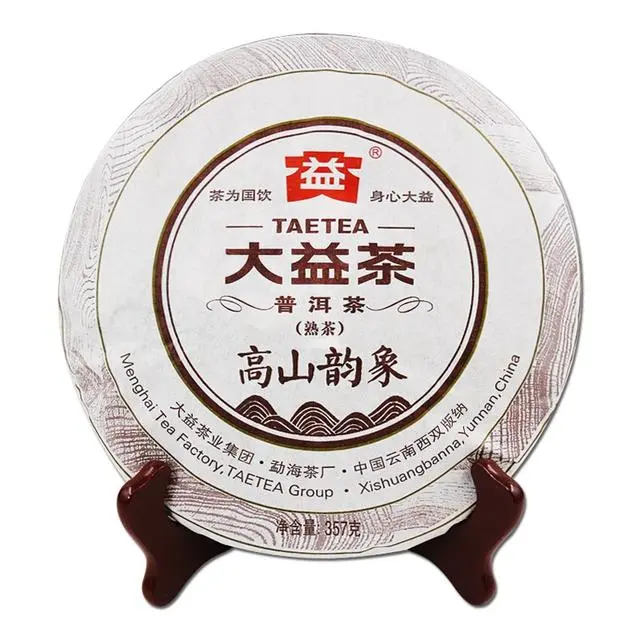
DaYi Group (Yun Nan) was founded in the early 1930s.
It is a large-scale tea enterprise group integrating tea culture, tea industry and tea science.
Its production scale, sales volume and brand influence are among the top of the industry.
XIN YIHAO (新益号)
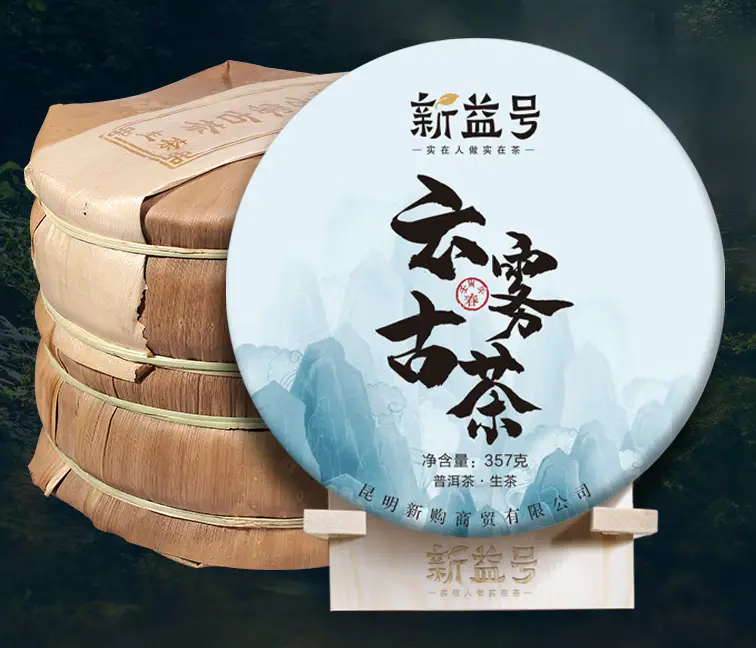
The Xinyihao brand belongs to Kunming Qin’ai Tea Co., Ltd., which began in 2009.
After 10 years of development, Xinyihao has become a well-known pu’er tea brand and its products are deeply loved by consumers.
BA MA (八马茶叶)
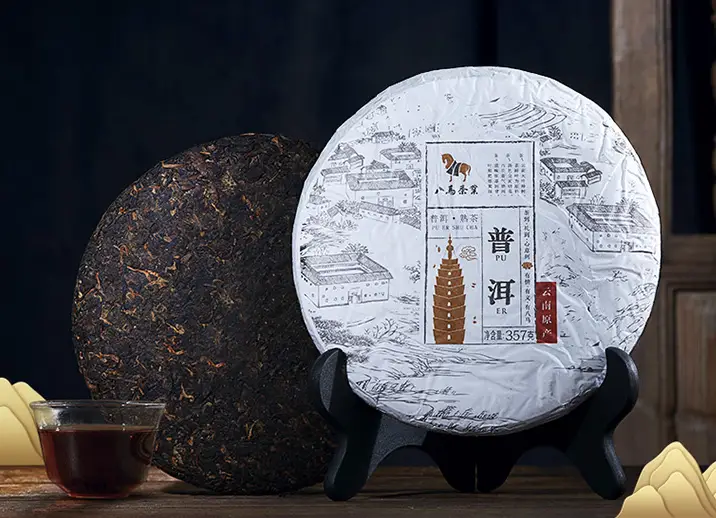
Ba Ma is a leading brand in the high-end tea market. It is the leading seller of high-end Chinese tea in the country.
Chairman Wang Wenli is the representative inheritor of Oolong Tea Production Skills (Tieguanyin Production Skills), a national-level intangible cultural heritage project.
As of March 31, 2022, there are more than 2,700 stores nationwide.
If you want to read more about the province ’YunNan’ which produces the nicest pu er tea cakes in China.
I recommend the article about Top 10 romantic destinations in China. The article is very informative – and it will make you want to come visit Yunnan for the view, the romance and the tea cake!
If you find what I write here interesting and want more, please share on social below and show your support. Xie Xie 谢谢 :)
Frequesntly Asked Questions:
The tea soup produced by raw pu’er tea cake is apricot yellow-green in color.
The more it is aged, the deeper the color of the tea soup will be. However, if you use tea leaves, the color of the tea soup will be lighter in general.
5-10 years later, the tea cakes can be better transformed, and the taste will become more mellow, but the tea leaves should be drunk within the shelf life, and the taste will be the best.
Therefore, the collection value of tea cakes is higher than that of tea leaves.
Compressed tea, called tea bricks, tea cakes or tea lumps, and tea nuggets according to the shape and size, are blocks of whole or finely ground black tea, green tea, or post-fermented tea leaves that have been packed in molds and pressed into block form.
It is thought that, depending on storage conditions, a Pu-erh tea achieves its peak taste in about 60 years and then begins to degrade over the next 40 years, after which there is little taste remaining.
Pu-erh tea should be stored well above ground level and be given good ventilation.
If you have a large amount of tea, it should be rotated once every six months to even out the tea’s exposure to fresh air.
Extreme variations in temperature should be avoided. Pu-erh tea has a tendency to absorb odors in the environment.

